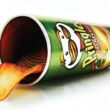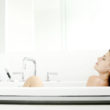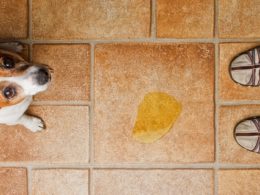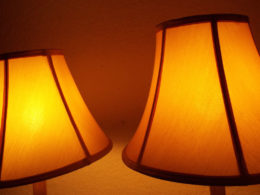Having a child is one of the most exciting things that could happen to any parent. It marks the start of a new journey that would bring both fun and challenging times. But having a child is life changing. It brings with it new challenges and adjustments. From schedules to your home, there are a lot of things one must prepare as a child is added into the family.
With the fragile nature of a child in its early years, it is advisable that a new parent takes extra care and effort in the attention it gives out. This includes the food, health care and even the place where the child would stay. As such, it is important that your home is prepared to welcome a child in its wake. The best thing to do that is to childproof your house and its rooms to avoid untoward accidents and bumps to the growing child.
If you are unsure how to go about it, read on to get some tips on making your home child-friendly.
Check Your Home Using Baby’s View
First things first, as a new parent, you need to scope out your territory from the eyes of a child. There’s just no way to do it. Start crawling in rooms on all fours to see your house as a new child would see it. Only then would you be able to see and know what areas and things you must childproof to prevent any accidents from happening.
Get To Work
Once you have assessed what needs to be fixed, get on it before your child arrives. While the number of drawers, cabinets, walls and tables differ per family and per home, there are a few things that must be childproofed, regardless of. Check out the list below:
• Stairs – you don’t have to wait until your child is able to crawl to attach safety gates to your stairs. You could also do this to any steps leading to the attic, basement and other areas that is not safe for kids
• Electrical outlets – most outlets are within the reach of kids. Cover it up. There are attachable electric outlet covers that could be bought from the hardware. But if you cannot find one, you can cover it up with duct tape so that your child could not put its finger inside while also making it easy enough for the adults to remove and use the outlet.
• Cabinets, beds, tables, other furniture – babies are crawlers and to avoid getting hurt or in any accident, add padding to the corners of these furniture so that the child would not hit himself on it.
• Electrical wires – children are chewers so keep off any cords or wires away from the reach of children so that they would not eat it.
• Flooring – while the child is very young, it would be best to add padded flooring or carpets to cushion a child should he fall on his own
• Toxic materials – medicines, kitchen cleansers must be placed on high-reaching areas so that babies would not be able to reach them and accidentally ingest any toxic material.
• Swimming pool – if you have a pool in your backyard, ensure that you have it covered when not in use. Curious children might be lured into it and accidentally fall into the water.
• House fences – if your home does not have a gate or fence, it is wise to have one installed especially if your child is already allowed to play outdoors. This would prevent them from running off anywhere without any supervision
• Breakable items – keep these fragile items in areas that is hard to reach so that the child might not accidentally break it.
Be Prepared For Emergencies
While you can do everything you can to prevent accidents from happening, there might be situations that could be out of your control. List down emergency numbers in your mobile phone and pin it on the refrigerator door or any place that could be easily seen by anyone especially babysitters.
Don’t forget to keep first-aid supplies at home that you could use in case of these emergency situations. Also ensure that babysitters or anyone you would enlist to help you with your child are knowledgeable in first aid and would know how to act in an emergency.








